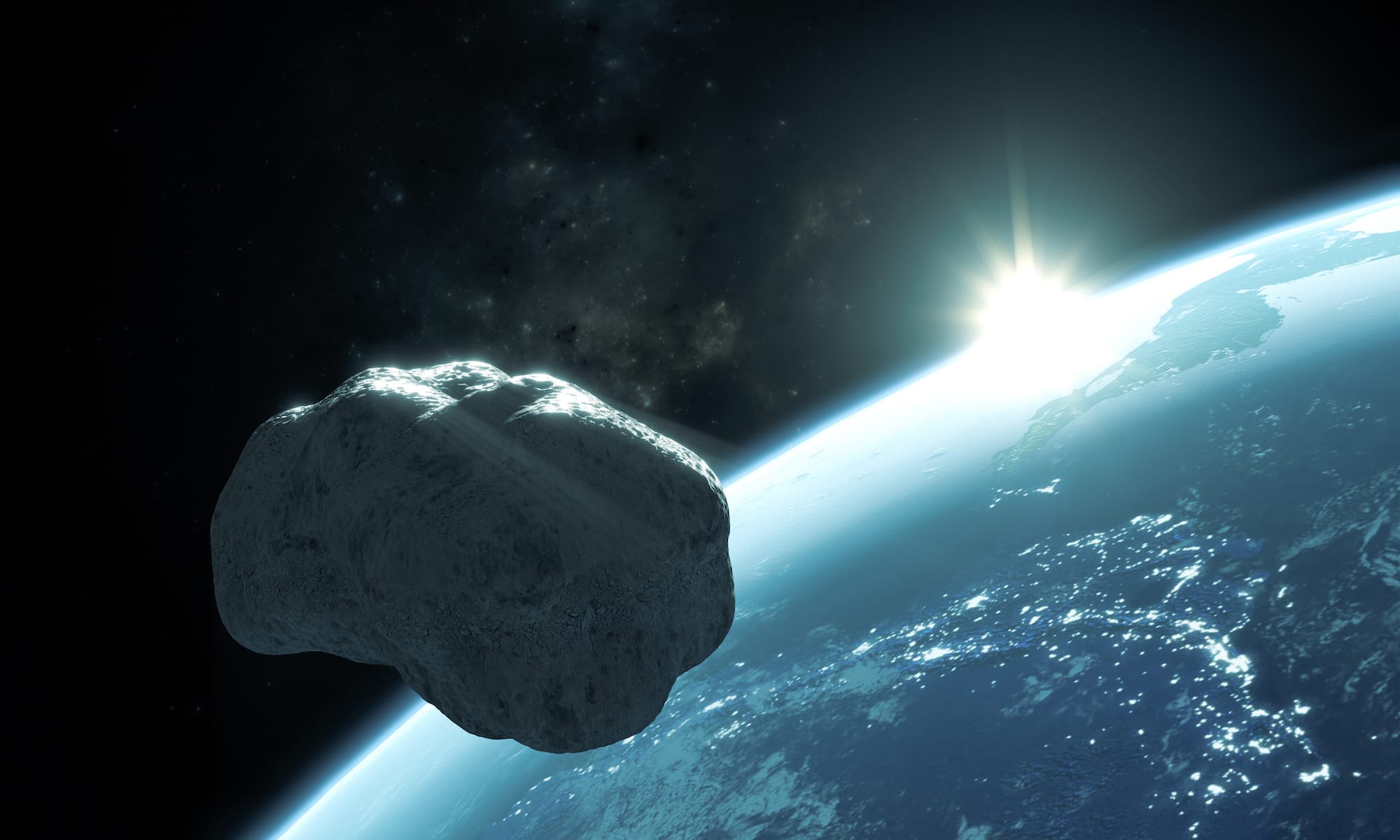Io, the largest moon of Jupiter, has long been a subject of fascination for scientists due to its intense volcanic activity. The moon’s surface is pockmarked with volcanoes, with hundreds of volcanic vents and lava flows. The volcanic activity on Io is so intense that it is often referred to as the most volcanically active body in the solar system.
For decades, scientists have been trying to understand the underlying mechanisms that drive Io’s volcanic activity. One of the key factors is the moon’s unique orbit. Io orbits Jupiter at a distance of about 420,000 kilometers (260,000 miles), which is relatively close to the planet. As a result, Io experiences intense tidal forces, which cause the moon’s interior to heat up due to friction.
This process, known as tidal heating, is thought to be responsible for the volcanic activity on Io. The heat generated by tidal forces melts the moon’s interior, producing magma that rises to the surface, resulting in volcanic eruptions. However, the exact mechanisms that drive this process have been unclear until now.
Recent research has shed new light on the volcanic activity on Io. A team of scientists from the University of California, Los Angeles (UCLA) used computer simulations to model the tidal heating process on Io. The simulations suggest that the moon’s interior is heated by a combination of tidal forces and radioactive decay of elements in the core.
The researchers also found that the volcanic activity on Io is not uniform, but rather varies depending on the location and time. The simulations showed that the volcanic activity is most intense at the moon’s equator, where the tidal forces are strongest. The researchers also found that the volcanic activity is affected by Io’s orbital eccentricity, which causes the moon’s distance from Jupiter to vary.
The new research has significant implications for our understanding of the geological processes that shape the surface of Io. It also has implications for the search for life beyond Earth, as the discovery of volcanic activity on other moons and planets could indicate the presence of liquid water, a key ingredient for life.
The study of Io’s volcanic activity is also relevant to the exploration of the Jupiter system. NASA’s Juno mission, which has been orbiting Jupiter since 2016, has provided valuable insights into the planet’s atmosphere and magnetic field. Future missions, such as the Europa Clipper and the Jupiter Icy Moons Explorer (JUICE), will explore the Jupiter system in more detail, including the moons Io, Europa, and Ganymede.
In addition to the scientific significance of the research, the study of Io’s volcanic activity also has practical applications. The discovery of volcanic activity on other moons and planets could provide insights into the geological processes that shape the surface of celestial bodies. It could also provide clues about the presence of resources, such as water and minerals, which could be exploited in the future.
In conclusion, the recent research on Io’s volcanic activity has provided significant insights into the geological processes that shape the surface of the moon. The study of Io’s volcanic activity is a complex and multidisciplinary field that requires the collaboration of scientists from different disciplines. The research has significant implications for our understanding of the Jupiter system and the search for life beyond Earth.



